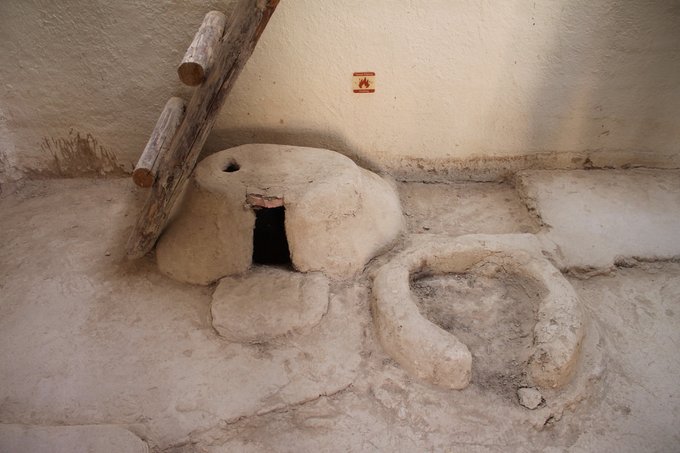When I visited their Ali Baba's cave of an HQ in #Montreal yesterday, I asked the Spice Hunters / Chasseurs d'épices Ethne and Philippe de Vienne of @epicesdecru what some of the great but little appreciated spices were... 

This one is beautiful: marigold petals, which in Georgia (the European Georgia, bien sûr) are used in cuisine; ground to add colour to soups and rice dishes; often used with dill and coriander. 

This is Piper longum, long pepper, prized by the ancient Romans, and a staple until the Columbian exchange brought chiles to the old world. (This from #Nigeria.) Way different from Piper negrum, yer garden-variety black pepper. Can't wait to grind it in a mortar! 

Rosita de cacao, from a Mexican tree known for medicinal qualities; Philippe says it's absolutely delicious in tejate, traditional chocolate-maize drink . 

Love the way they package spices @epicesdecru ! 

Always fun to hang with these guys! If you love food, spices are a fantastic form of armchair travel... 

• • •
Missing some Tweet in this thread? You can try to
force a refresh




























